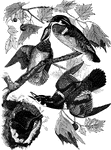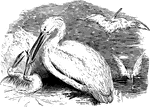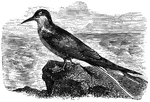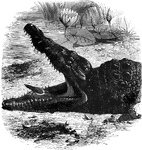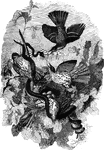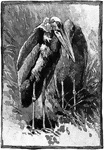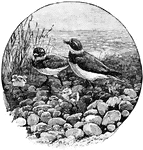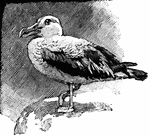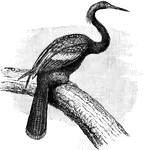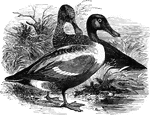
Shoveler
Also called the broad-bill and spoon-bill, the shoveler is commonly found on lakes and rivers, where…

Gadwall
The gadwall (or gray duck) is nineteen inches long, and is found throughout Europe and America, as well…
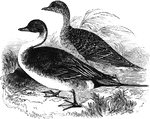
Pintail Duck
The pintail duck measures twenty-six to twenty-eight inches in length (including the tail), and is found…

American Widgeon
The American widgeon (or baldpate) averages about nineteen inches in length. It is common in North America,…
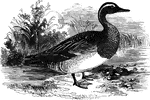
Garganey
Also known as the summer teal, the garganey is sixteen inches long and found in Southern Europe and…

English Teal
Common throughout Europe, the English teal is accidental to the East coast of the United States.
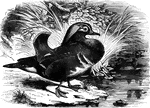
Mandarin Duck
The Mandarin duck, also known as the Chinese teal and the fan-tail duck, is domesticated in China and…
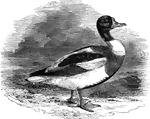
Common Sheldrake Duck
Also known as the burrow-duck and the sly goose, the common European sheldrake has been known to make…

Eider Ducks
The eider duck is found throughout the northern regions of Europe and North America. The female lines…
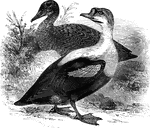
King Duck
Found in the Arctic regions of Europe, Asia, and North America, the king duck strongly resembles the…
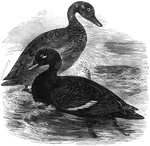
Velvet Scoter
Common in Europe and North America, the velvet scoter is also known as the white-winged coot.
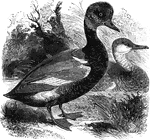
Red-Crested Whistling Duck
The red-crested whistling duck measures about twenty-two inches in length, and is found throughout Europe…

Pochard
The pochard (or dun-hen) averages about nineteen and a half inches in length, and is found in parts…
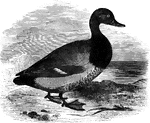
American Scaup Duck
The American scaup duck is common in North America, accidental in Europe. It is also known as the creek…
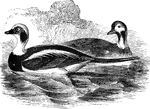
Long-Tailed Duck
Also known as the old-wife, the long-tailed duck measures about seventeen inches, not including its…

Harlequin Duck
"The harlequin duck is a very beautiful but small species, fourteen inches lng; fond of the eddying…
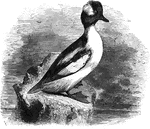
Buffle-Headed Duck
The buffle-headed duck builds its nest in the hollow of trees, and averages about thirteen inches in…
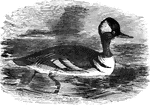
Hooded Merganser
Measuring about nineteen inches long, the hooded merganser is common in North America, its head adorned…

Goosander
Found in both Europe and North America, the goosander is also known as the buff-breasted sheldrake,…
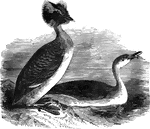
Sclavonian Grebe
Also known as the horned grebe, dipper, water-witch, and hell-diver, the sclavonian grebe is common…

Red-throated diver
"The red-throated diver, twenty-four inches long, is common to Europe and America. This is called scape-grace…
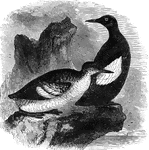
Black Guillemot
Found in the arctic regions of Europe and America, the black guillemot averages about thirteen inches…
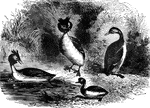
Grebes
Expert swimmers, grebes hunt fish, frogs, crustaceans, and insects in both salt and fresh water.
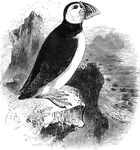
Arctic Puffin
Averaging about twelve inches in length, the arctic puffin feeds chiefly on young fish, crustaceans,…

Great auk, razor-bills, and puffins
A scene depicting a great auk, as well as razor-bills and puffins. The great auk is now extinct.

Jackass Penguin
The jackass penguin gets its name from its strange cry, which is said to resemble the braying of a donkey.

King Penguin
Also known as the pantagonian penguin, the king penguin is found in the far southern latitudes of South…
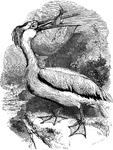
Common White Pelican
The common white pelican measures about five to six feet in length, with a wingspan of approximately…
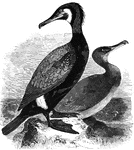
Black cormorant
The black cormorant averages about three feet in length, and is found in Greenland, as well as a long…
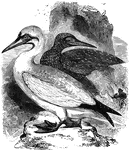
Soland Goose
Also known as common gannet and as the channel-goose, the soland-goose is common to the sea between…
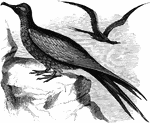
Man-of-War Bird
The man-of-war bird (also known as the frigate-bird or frigate-pelican) is noted for its extraordinary…
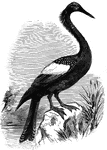
Anhinga
Also known as the snake-bird, the anhinga inhabits the freshwater areas of the South Atlantic States;…
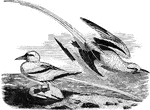
Tropicbird
Notable for its lengthy tail-feathers, the tropic bird inhabits the tropical regions of the Atlantic…
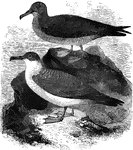
Greater Shearwater
Averaging about eighteen inches in length, the greater shearwater is uncommon in Europe; it breeds on…
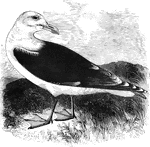
Great Black-Billed Gull
Feeding chiefly on fish, the great black-billed gull has been known to feed on small birds.
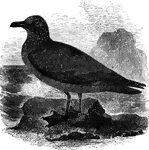
Common Scua
Found throughout Northern Europe, the common skua has been known to attack other birds in order to steal…
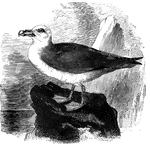
Fulmar Petrel
Distributed throughout the northern regions of the Atlantic, the fulmar petrel prefers to nest in the…

Cape Fulmar
The cape petrel or fulmar is about the size of a small duck and inhabits the southern seas.

Stormy Petrel
The smallest of the web-footed birds, the stormy petrel averages only about six inches in length.

Footprint of brontozoum giganteum
A footprint of brontozoum giganeum, a now extinct relative of the cassowary. This example is eighteen…
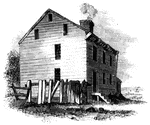
Tavern at Elizabethport
Old Tavern at Elizabethport. This view is looking eastward. In the distance, on the right, is seen a…
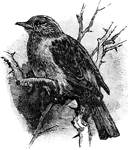
Hedge Sparrow
"Accentor- A genus of passerine birds, family Sylviidæ, subfamily Accentorinæ."-Whitney,…

Pheasant Feather
"Feather from Argus Pheasant. (a,d, main stem; d, calamus; a, rachis; c,c,c, vanes cut away on right…

Agami
"A grallatorial bird, a native of South America, often called the golden-breasted trumpeter."-Whitney,…

Love Birds
"Agapornis- A genus of small African parrots, including the love-birds, sometimes made the type of a…
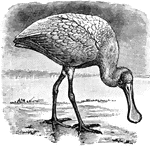
Spoonbill
"Roseate Spoonbill-a large grallatorial bird of the genus Platalea, family Plataledidæ, related…
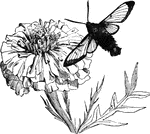
Hummingbird Moth
"A considerable number of insects belonging to Sphingina have transparents wings. Among them is the…
